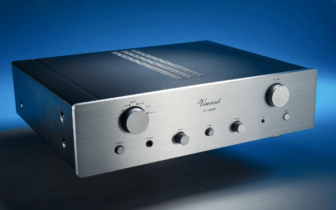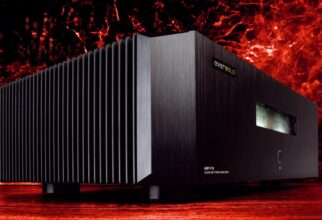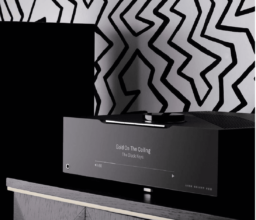Burmester 218 Review
One for eternity – Burmester presents the optically and technically redesigned 218 power amplifier as a statement in amplifier construction.
by Michael Lang
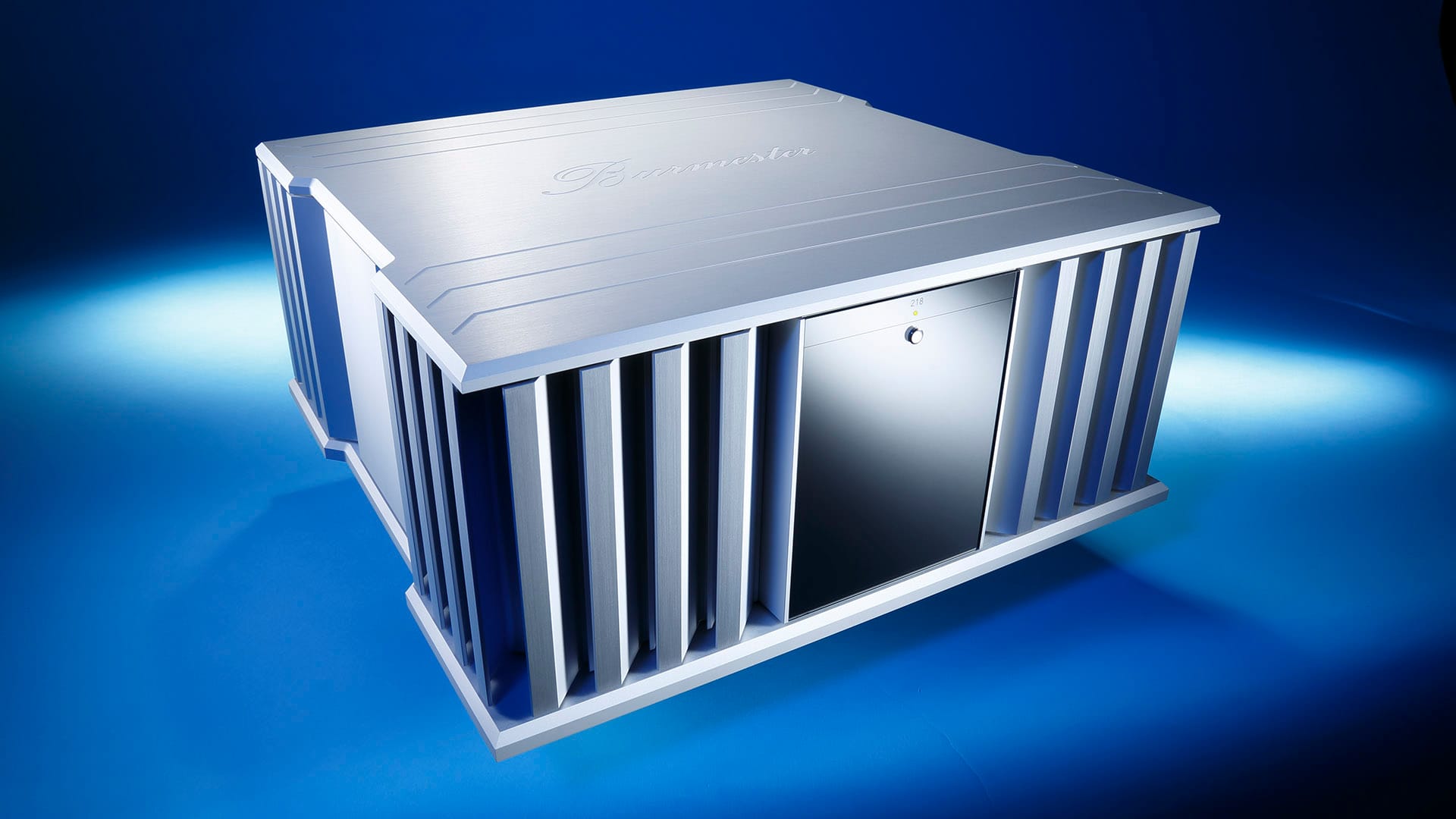
I think it’s not an exaggeration to rank the name Burmester among the world’s best and most highly esteemed high-end companies. This is all the more remarkable since the founder and long-time company director Dieter Burmester passed away seven years ago.
Since then, the team around his widow Marianne Burmester has not only managed to stay the course and consolidate what has been achieved, but also to expand the company’s reputation and subject the company to an astonishing growth process. The fact that this did not always go smoothly—because spatial/logistical and personnel restructuring naturally consumed time and manpower—was noticeable externally at most by the fact that new releases took a little longer than announced.
Image Gallery
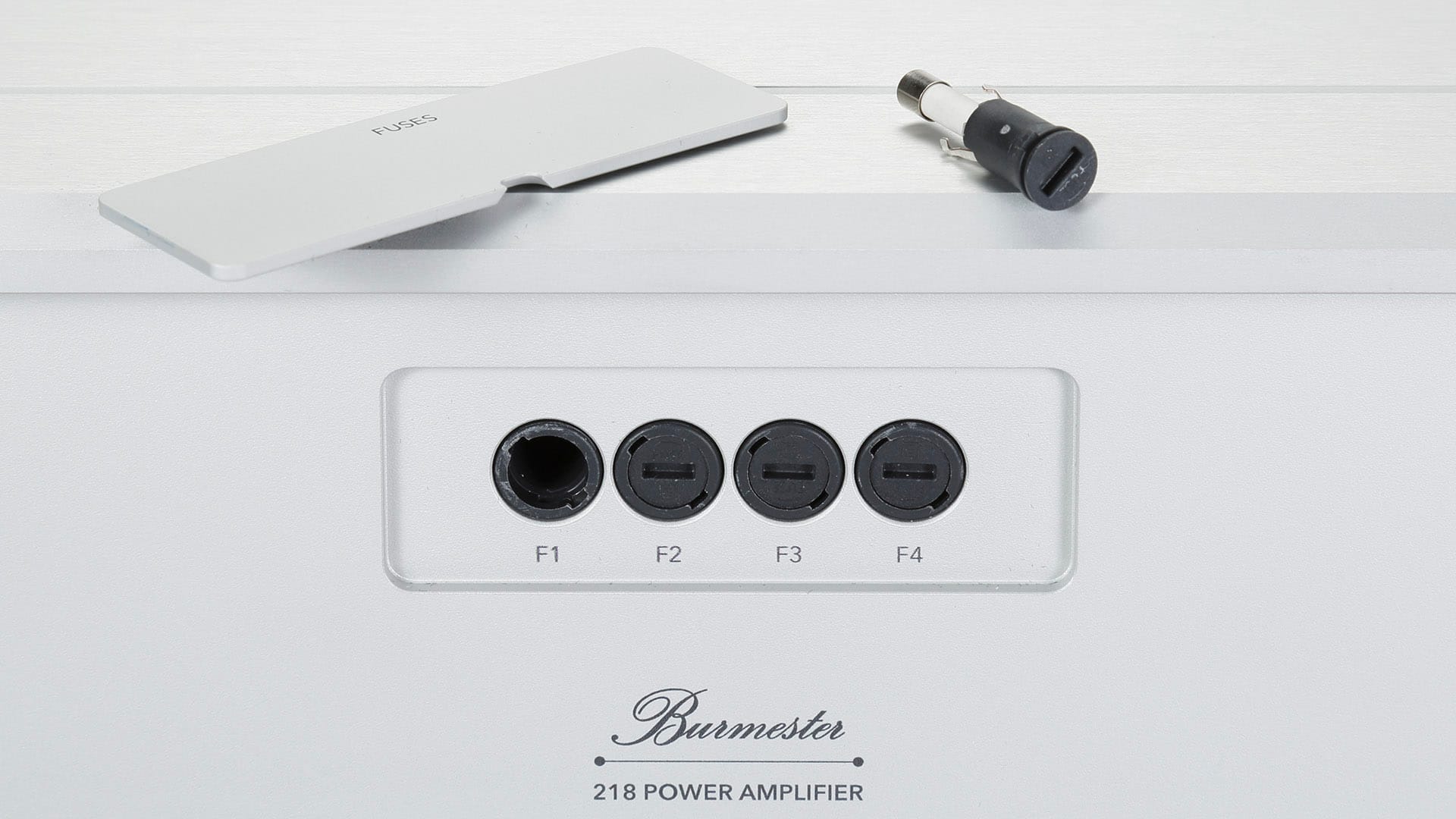
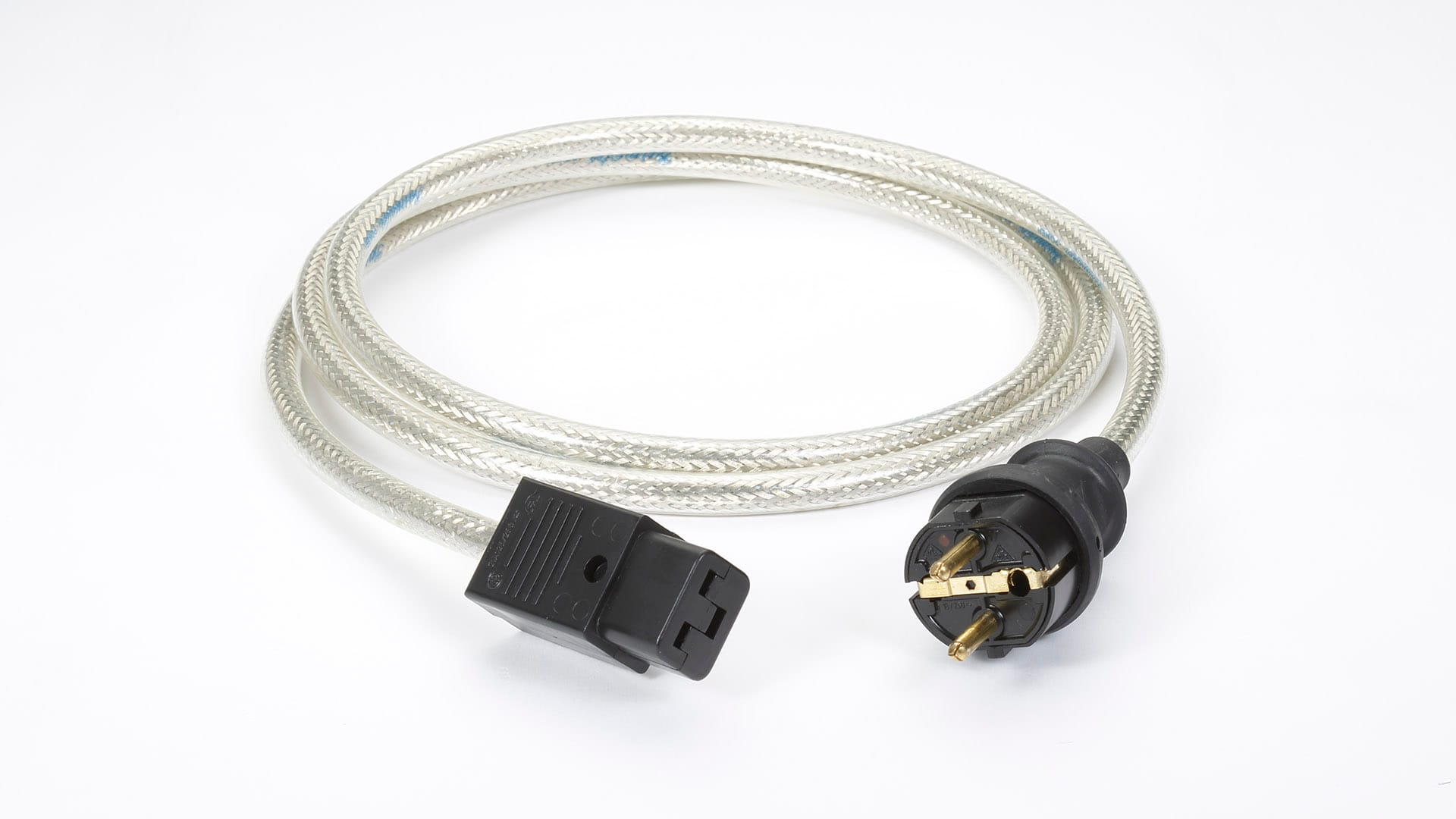
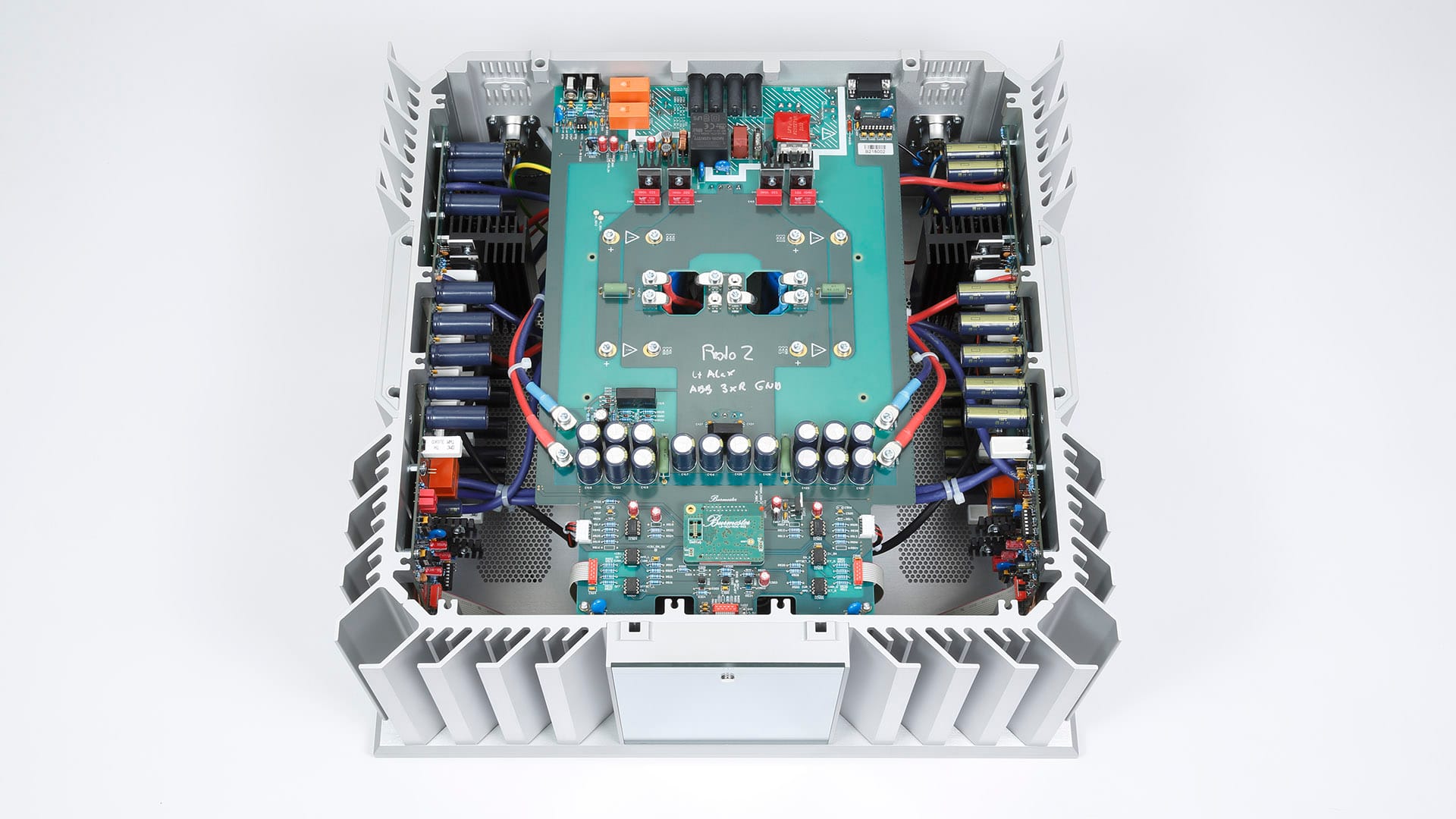
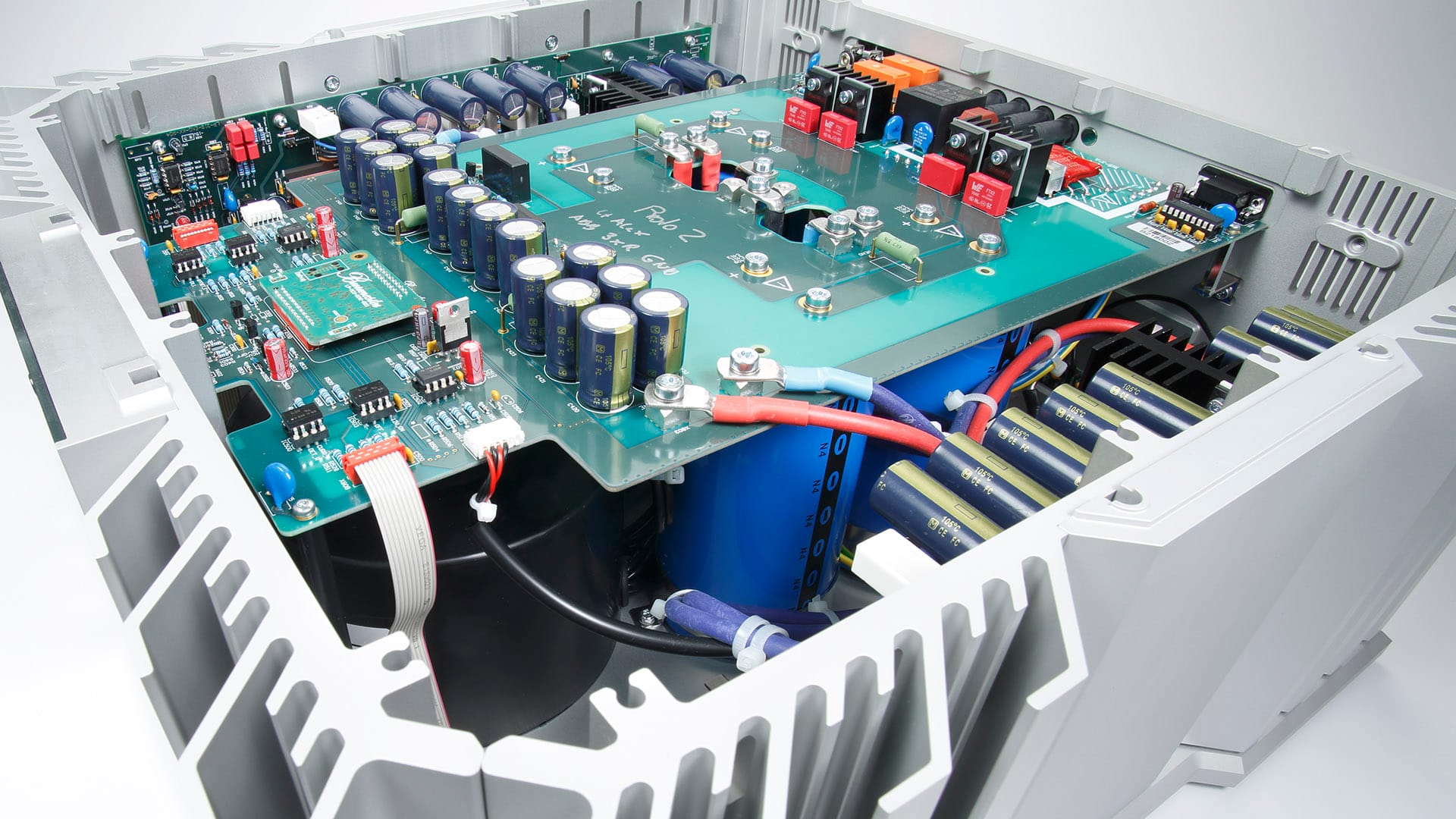
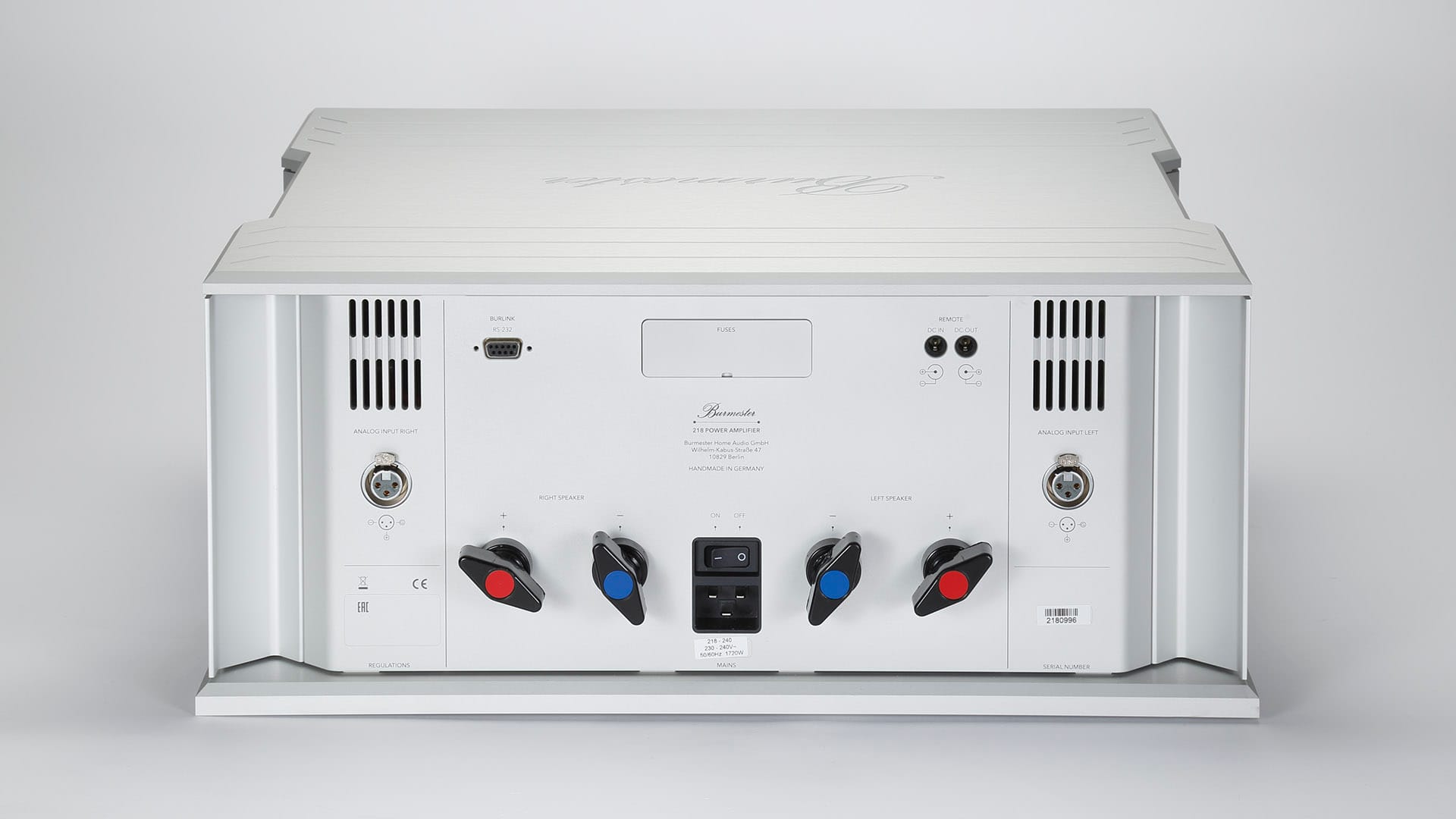
On the other hand, such delays, if you use the time wisely, always have a positive side, as fresh ideas and sometimes even new components can still be incorporated into the basic concept of a product that’s about to launch before the “go” is given for ordering all components and starting serial production.
Much of what makes the Burmester 218 escapes the eye of the beholder, even when you remove the bottom plate of the housing, which appears without visible screws, to take a look inside. But presumably, apart from a horde of curious technicians and the editors of 7Review, hardly anyone would think of that, because the appearance of this massive amplifier is, despite considerable dimensions and the resemblance to the top model 159 priced in the six-digit range, a true joy that should more than satisfy even high aesthetic demands.
Operational Safety
And unlike what’s often observed, the 218 does not have plenty of empty space inside but a huge array of high-quality, strictly selected components.
To ensure permanently unproblematic, that is, evenly distributed and not too high temperatures in the housing with the abundant power of the 218, which runs in Class A/B operation, intensive thought has been given. Uneven temperatures negatively affect sound quality, and permanently high temperatures impact the lifespan of components.
Since this gem of an amplifier is supposed to give its owner uninterrupted pleasure for decades without workshop visits, a so-called heat pipe concept was developed, which ensures even temperature distribution under all load conditions and thus guarantees service-free decades for the valuable components. A pleasant side effect is that the device does not have to be preheated for long to reach its optimal operating temperature.
Since not only an unhealthy temperature balance can lead to problems over time, but also external circumstances could endanger the interior, a comprehensive package of “emergency brakes” not in the signal path has been built in, which intervene reliably but imperceptibly in terms of sound.
Quality & Control
If you wonder what else is packed into this amplifier, it should be said that the 218 is fully balanced, houses an array of capacitors with an energy reserve totaling 220,000 µF, and boasts an arsenal of strictly selected bipolar transistors from the US manufacturer Onsemi for power delivery. If the name of this manufacturer isn’t familiar to you: It emerged from Motorola, the supplier that provided transistors to almost all high-end brands for many years.
The encapsulated toroidal transformer is a special development, manufactured in close coordination with the supplier according to Burmester specifications and is also a new development.
For the sake of completeness, it should be mentioned that Burmester also offers the possibility for the power enthusiasts among you to bridge the amplifier into a monoblock using a special adapter cable…
Completely normal for Burmester, on the other hand, have always been a meticulous construction without cable clutter, extremely short and further optimized signal paths, and design without coupling capacitors in the signal path, resulting in excellent measurement results. These are achieved with very mild negative feedback, without the amplifier running the risk of losing control over any type of loudspeaker.
Far Beyond the Usual
But all this doesn’t fully explain what makes a Burmester and its quite prohibitive price. What is understood as quality assurance in Berlin is hardly matched anywhere in the world. Days of trial runs under diverse conditions, listening tests for each individual device, and a one hundred percent final inspection, where each device is subjected to a rigorous final check in the Berlin factory after the strains endured in the lab and listening room, before it’s finally carefully padded and shipped to its destination.
Similarly, spare parts are purchased in large quantities to ensure quick and quality-standard service in the rather unlikely event of a defect, even after decades. This is also a reason for the value stability of a Burmester device and the high satisfaction and brand loyalty of Burmester customers.
Yes, all this has its price, like any handcrafted small series that may adorn itself with the seal “Made in Germany.” $36,750 for the 42,000-gram heavy Berlin amplifier is certainly a very deep sip from the bottle for most of you, dear readers, as well as for us in the editorial team, where many hi-fi fans will turn away disappointed because of the financial unattainability, because even “saving up for it” seems impossible.
And yet, unlike some other, sometimes significantly more expensive products, one cannot speak of an arbitrary pricing when considering the overall package described above and engaging with the following sound description, which unfortunately can only partially convey the fascination emanating from this amplifier, because ultimately, you have to have experienced this sound, even at the risk of subsequently listening to your own hi-fi system with a last bit of dissatisfaction.
A True Gentleman
The magic that this amplifier exudes doesn’t initially appear spectacular, because in true gentlemanly manner, this amplifier, conceived by chief developer Stefan Größler and his team, consciously avoids overdoing it at any point. Nothing is garishly exaggerated here; nothing clamors for attention, and at no point does the feeling arise that an amplifier is at work here that, with all its might, seeks attention with unprecedented bells or the most brutal bass control ever heard.
Not that the 218 would cover up anything in the high-frequency range or that the bass would come across uncontrolled and muddy—quite the opposite. But the way this amplifier lets tones emerge and fade away at any power demanded of it, with incredible ease over the entire frequency range, requires further explanation.
Keb’ Mo’ – “Angelina”
Sparsely instrumented, the distinctive voice of US blues star Keb’ Mo’, accompanying himself on guitar, dominates in “Angelina.” The voice has power and volume, exudes warmth without appearing inflated or thick. The clear contours of each sound source are finely unraveled without descending into nitpicking. How does it achieve this? Because the 218 processes the music as a whole, never concentrating on a specific aspect and neglecting others.
So it succeeds in letting warmth and grace, as well as a shimmering naturalness, flow into the performance, despite all precision and resolution. Committed to the tradition of Robert Johnson, at times reminiscent of the great John Lee Hooker in its reduction, Mo’ expands the blues scheme without betraying the blues.
Scratchy to Sugary Sweet
If you’ve ever devoted your full attention to an orchestra in a concert hall, you’ll hardly have missed that it’s not always just lovely and smooth but sometimes quite rough and raw, supported by incredible volume differences that sometimes arise from one moment to the next without any warning, often causing the listener to flinch.
The Burmester manages the rare feat of creating exactly this impression in “Danse Macabre,” performed by the Minnesota Orchestra. The timbres emerge detailed and fill the room, from scratchy to sugary sweet, before the listeners.
In Dvořák’s Symphony No. 9, things get mighty, with powerful double basses and drum beats. There was never a lack of power, and control was always evident, but without the constriction of a vise; rather, always with that bit of leeway needed so as not to deprive music of its life but to let it breathe. That’s truly grand cinema, which doesn’t become any smaller when we play familiar tracks like Jennifer Warnes’ “Somewhere, Somebody.” The voice stands almost tangible in the room, and the powerful accompanying instruments have no chance with the Burmester of depriving the vocalist of her presence or even remotely overshadowing or covering her.
Here, too, it becomes apparent that the sound of the current Burmester device line has retained the always-present virtues of the Berlin manufactory—such as resolution, detail richness, precise spatial representation, speed, and instantaneous dynamics—but has supplemented them with corporeality and a touch of natural warmth. Whoever acquires the 218 may enjoy it indefinitely—and their heirs may wait in anticipation. This is how a champion sounds!
Specs
Product Information:
- Price: ~35,000 Euros
- Dimensions (W x H x D): 49 x 22 x 50 cm
- Warranty: 5 years
Evaluation:
General Impression:
A power amplifier that redefines benchmarks in control, power, and delicacy. It delivers a broad yet precise soundstage, ensuring musical details are rendered with strength and nearly unlimited dynamic reserves. Its absolute operational stability and outstanding craftsmanship make it a top-tier choice.
Lab Measurements:
- Continuous Power (8 Ohm / 4 Ohm): 165 W / 265 W
- Impulse Power at 4 Ohm (1kHz): 363 W
- Total Harmonic Distortion (50mW/5W/1dB Pmax): 0.01% / 0.0025% / 0.6%
- Intermodulation Distortion (50mW/5W/1dB Pmax): 0.004% / 0.004% / 0.8%
- Signal-to-Noise Ratio (50mW / 5W): 77 dB / 97 dB
- Damping Factor at 4 Ohm (63Hz/1kHz/14kHz): 73 / 71 / 64
- Upper Frequency Limit (-3dB/40 Ohm): >80 kHz
- Power Consumption (Standby/Idle at 226V): <0.5 W / 48 W
Lab Comment:
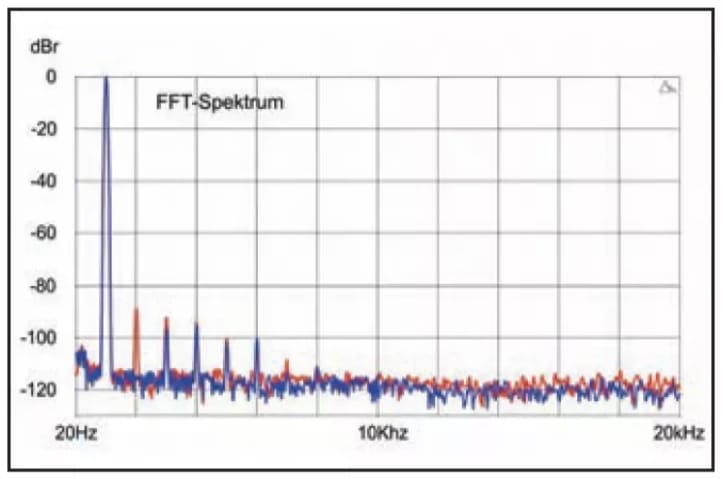
Outstanding measurement results across the board. Powerful, controlled, and wide-band performance. It remains noise-free and stable under all operating conditions.
Features:
- Symmetrical construction
- Advanced thermal design
- Mono-bridgeable
- XLR inputs
- Remote control input
- Single-wire speaker connection with wing screws
Verdict:
The Burmester 218 sets a new standard for high-end power amplifiers, delivering exceptional performance, stability, and build quality. Ideal for audiophiles seeking absolute control and limitless dynamic reserves.



